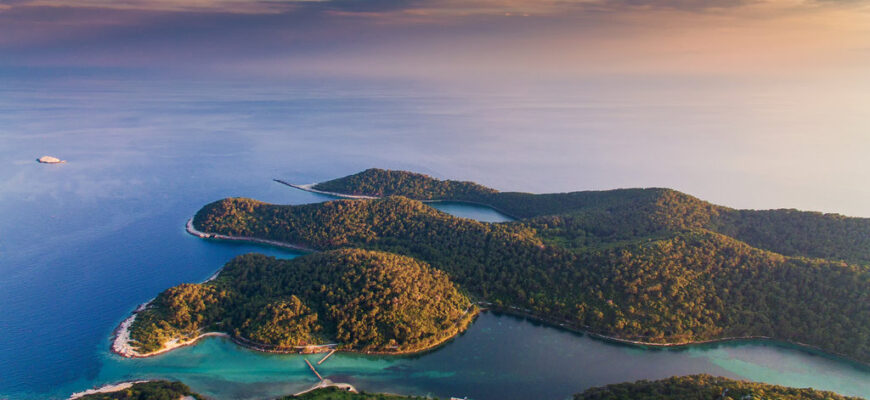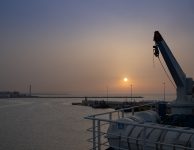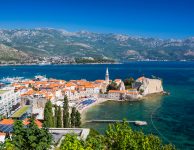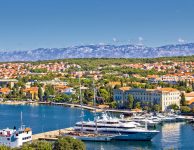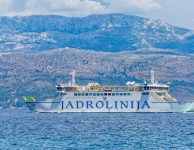Mljet Island – The only Croatian coral reef is full of life
Mljet National Park recently posted on its Facebook page a beautiful shot of a reef of soddy stone coral at the bottom of the Great Lake (Veliko jezero). The reef of the coral Cladocora caespitosa in the Great Lake spreads over an area of 650 square meters, at a depth of between 4 and 18 meters. The author of the video, Vedran Kunica, said more about the background of this video shot on Mljet island.
This is a curiosity of the Mljet National Park and actually the Great Lake in the National Park. Unfortunately, there are not very many videos of this locality and little is known about it, but it is a habitat of sod coral which is endemic to the Mediterranean. By the way, these corals are smaller in size and there are fewer of them, for example in Mali Ston Bay, but only in that micro-location in the Great Lake. Due to the strong current, extremely large coral reefs are formed, which with their configuration and appearance actually resemble large coral reefs of warmer seas, warm tropical seas. Also, the abundance of fish is amazing! Since fishing is forbidden there, the fish has become domesticated, it is calm, it allows a closer approach, which is obvious from the video I shot. I gave the video to the National Park, they published it, there are a lot of reviews and it is really a treasure that is amazing and specific, and according to the information I received, such a coral reef has not been recorded in the Mediterranean.
Vedran Kunica
Scientist Valter Kožul from the Institute of the Sea and Coast also commented on the reef.
The stone coral (Cladocora caespitosa) is endemic to the Mediterranean Sea. Apart from Mljet (Veliko jezero) where it is most abundant, we find it mainly around the central Dalmatian islands and a little in Istria, the Lim Channel. It lives at depths of 4 to 50 meters on different types of bottoms. It can survive temperatures below 10 degrees Celsius, and the upper limit is 28 degrees Celsius. It feeds heterotrophically and autotrophically, and reproduces asexually by budding and sexually in the summer months. With frequent temperature extremes, especially in the summer months, high temperatures as a result of global warming can cause the expulsion of symbiont algae (bleaching) and coral death. Corals at greater depths in such conditions also have a greater chance of survival. High temperatures can cause increased development of algal species that will endanger corals by overgrowing over them, but they also favour the spread of allochthonous invasive species that also endanger corals (parrotfish or Caulerpa algae).
Valter Kožul
Explaining this, Valter Kožul continues:
With the development of their community, corals provide shelter to other types of organisms such as crustaceans, molluscs, sponges and the like, which favours biodiversity and the total number of organisms that survive to feed in these areas and this is an important ecological role of corals. Indirectly, it helps man by maintaining the species we hunt. These corals are very sensitive to climate change and human activity, so they can be directly or indirectly preserved in our waters through responsible behaviour.
Tourists visiting Croatia and its islands can explore the coral reef by visiting Mljet National Park. Diving and snorkelling on Small and Great Lake (Malo and Veliko jezero) is a very popular activity. Mljet island can be visited by ferry from Dubrovnik or Split.
Source: Morski.hr


